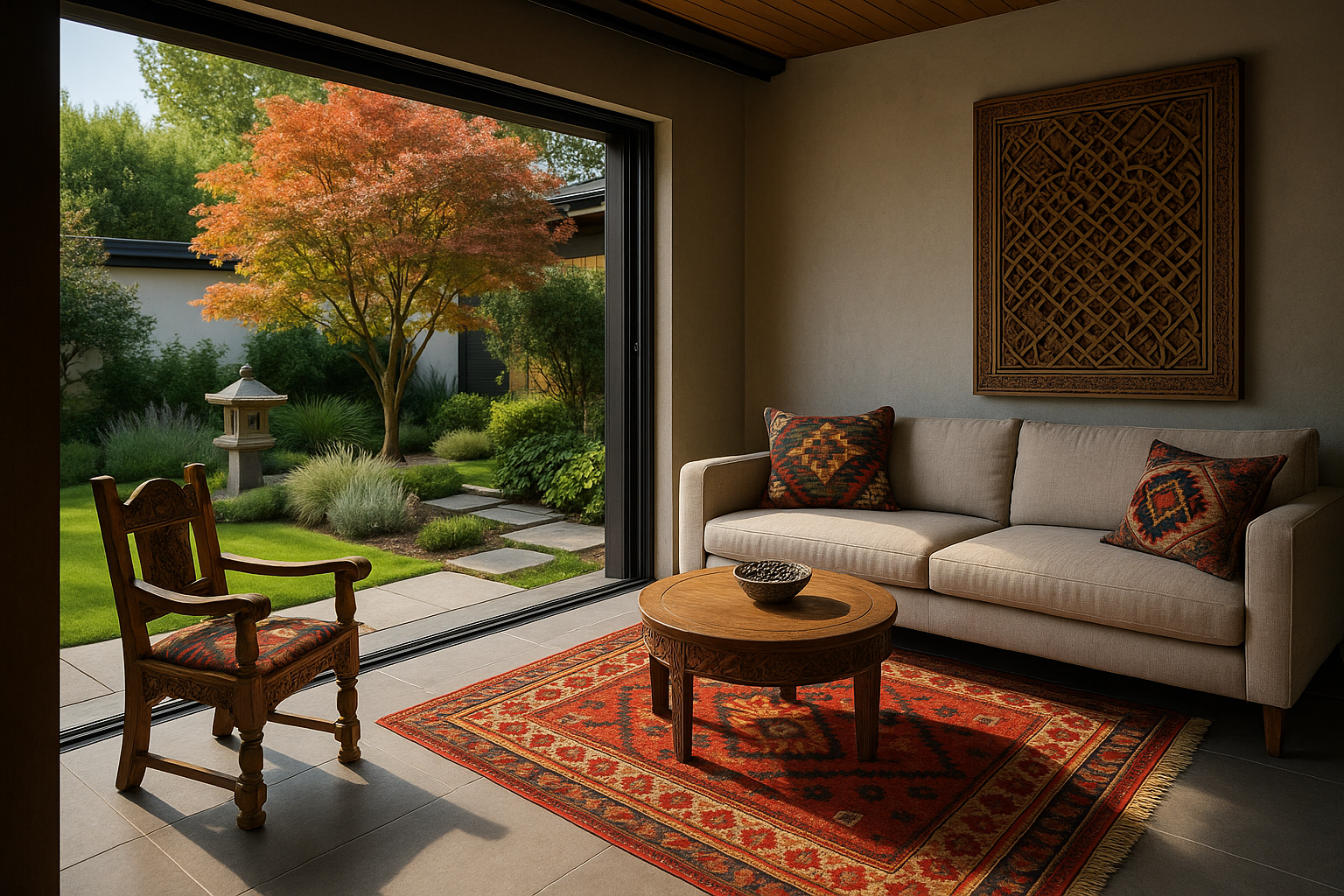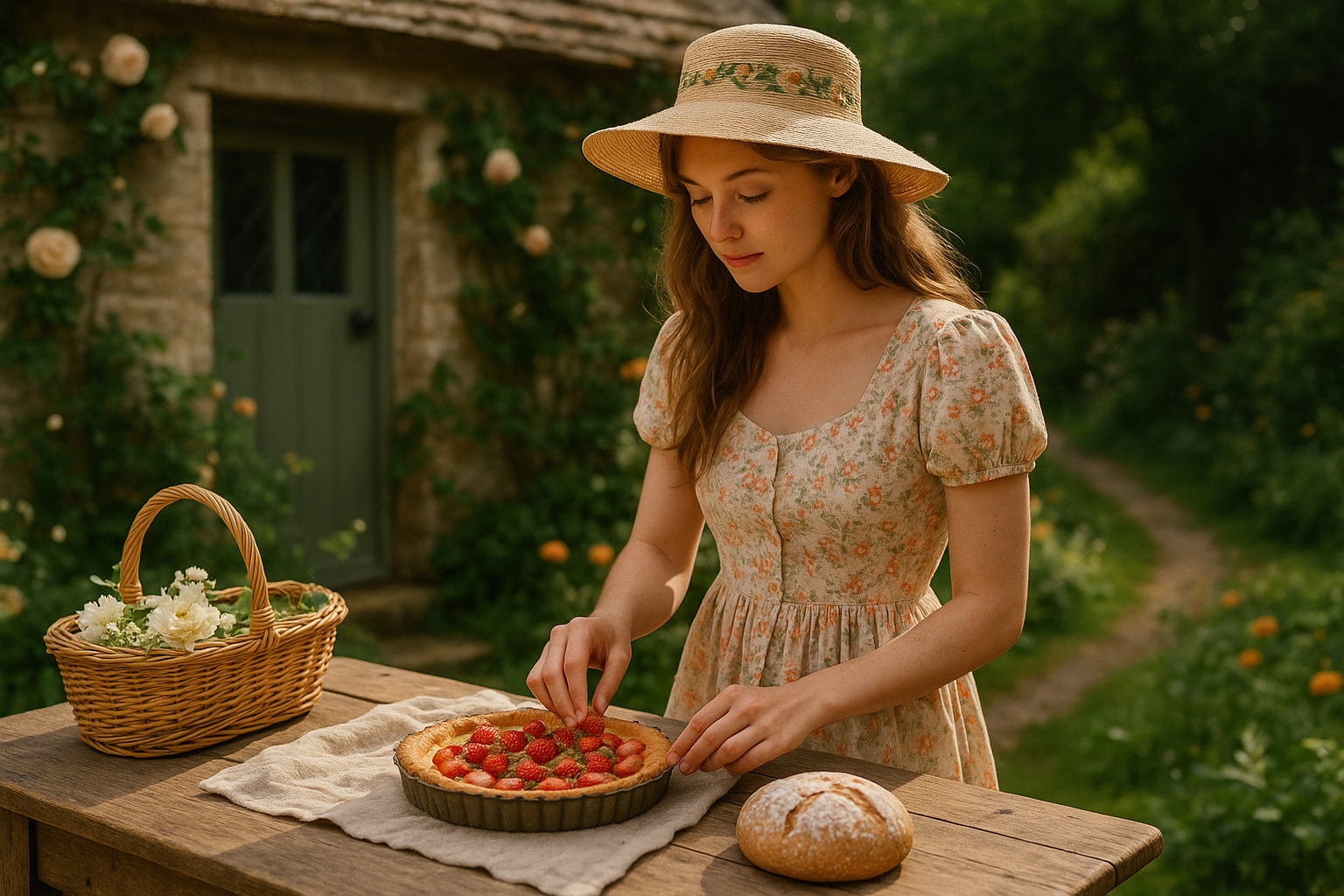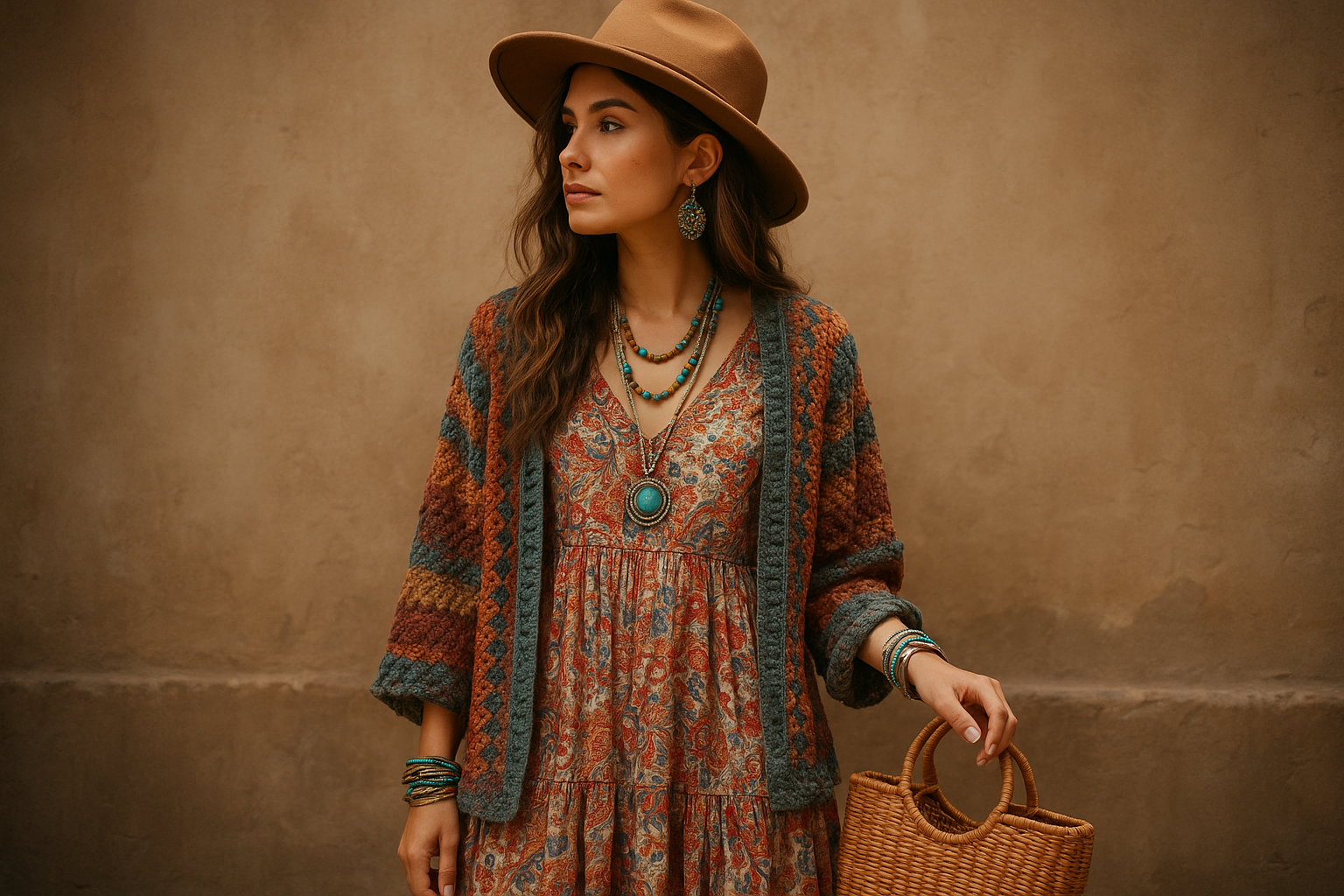"Incorporating Cultural Elements in Modern Home and Garden Design"
Cultural elements can add uniqueness, richness, and depth to our living spaces. They can transform a space into an eclectic mix of different traditions and practices, reflecting a rich tapestry of diverse influences. This article delves into the idea of integrating cultural elements into modern home and garden designs, providing a fresh, unique perspective on interior and exterior styling.

The Historical Route of Cultural Elements in Design
The incorporation of cultural elements in design is not a novel concept. Historically, people have always integrated cultural influences into their spaces. This ranges from the Persian rugs of the Middle East, the ornate carpentry of the Chinese Ming dynasty, to the vibrant colors and patterns of African textiles. These elements were not merely decorative; they told stories of the people, their traditions, and their history.
The Current Trend: A Blend of Old and New
The modern design era has seen a resurgence of cultural elements, but with a unique twist. Today, designers amalgamate traditional cultural elements with contemporary design principles, creating a fusion of old and new. This eclectic approach offers a way to honor our cultural heritage while keeping pace with the evolving design landscape. Popular examples include the use of Moroccan tiles in modern kitchens, Indian block print textiles in contemporary living rooms, or Japanese rock gardens in minimalist outdoor spaces.
The Practicality and Enhancement of Daily Living
Incorporating cultural elements into home decor and gardening practices is not only aesthetically pleasing but also has practical benefits. These elements can be functional, serving specific purposes or enhancing the usability of spaces. For instance, traditional Japanese shoji screens, made of translucent paper held in a wooden frame, are used as room dividers, offering privacy while allowing light to filter through. In gardens, elements like the English garden bench or the Chinese moon gate add functional seating and entrance features, respectively, while also enhancing the visual appeal of the space.
Making it Work: Tips and Techniques
Successfully incorporating cultural elements requires a thoughtful, sensitive approach. Here are a few tips to consider:
-
Choose Authentic Elements: Authentic elements add depth and richness to your space. They also honor the cultures they represent.
-
Balance is Key: While cultural elements can add uniqueness to your space, it is important to avoid a cluttered, chaotic appearance. Balance these elements with neutral, modern pieces to create a harmonious look.
-
Tell a Story: Every cultural element has a story. Let these stories shine through, creating a space that is not only beautiful but meaningful as well.
Conclusion
Incorporating cultural elements into modern home and garden design provides a unique way to celebrate our diverse world. It allows us to honor our heritage and the heritage of others, creating spaces that are rich, meaningful, and reflective of our global community.




